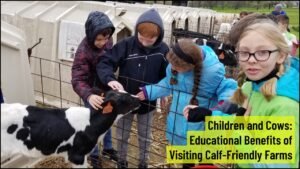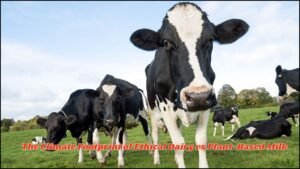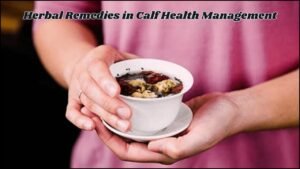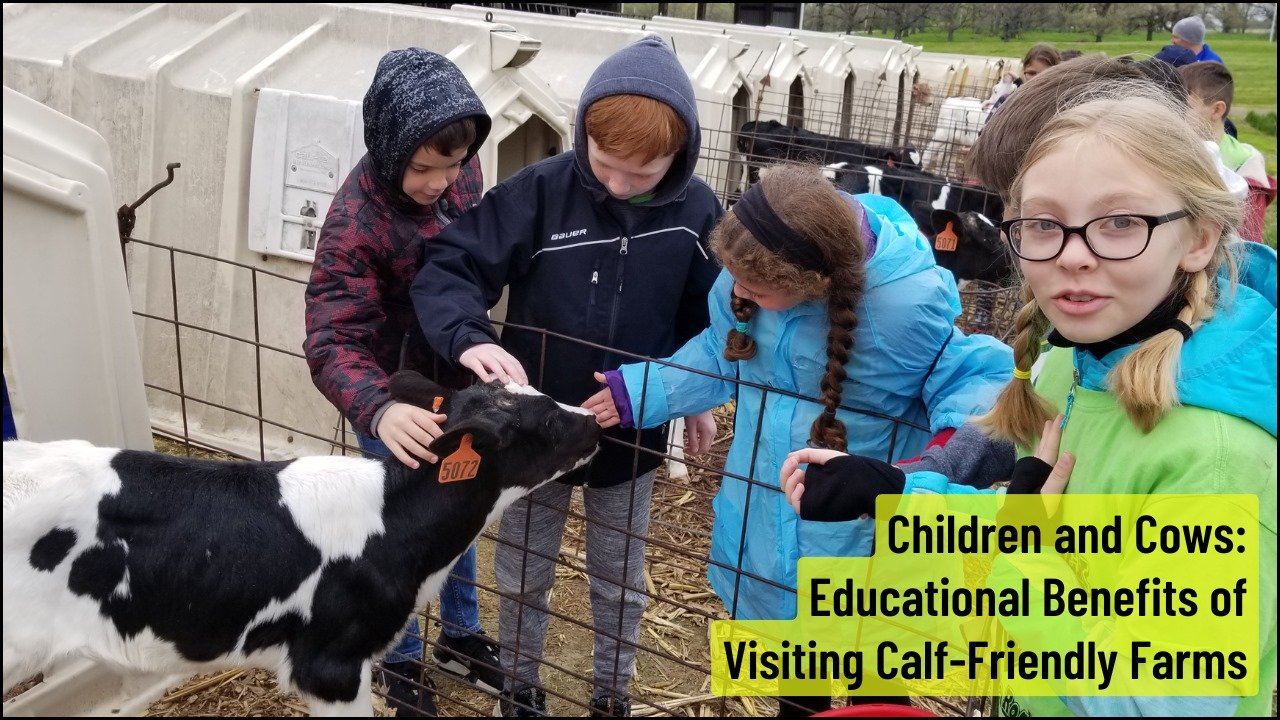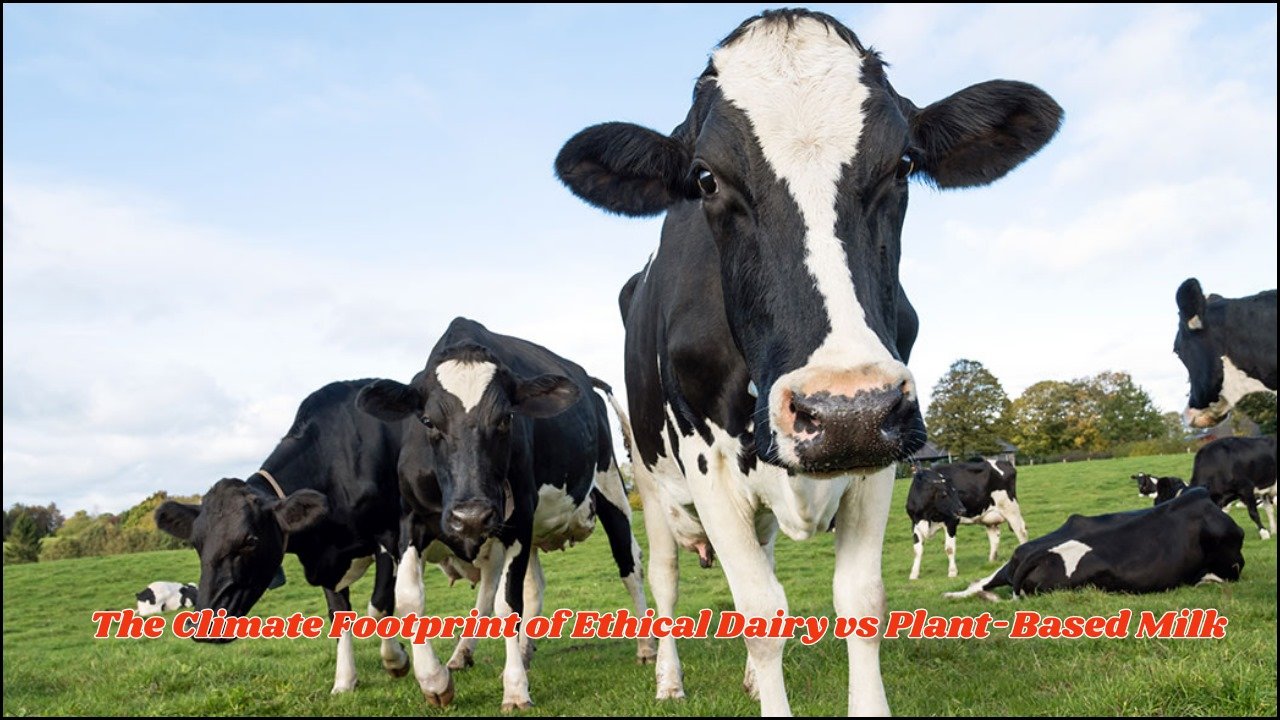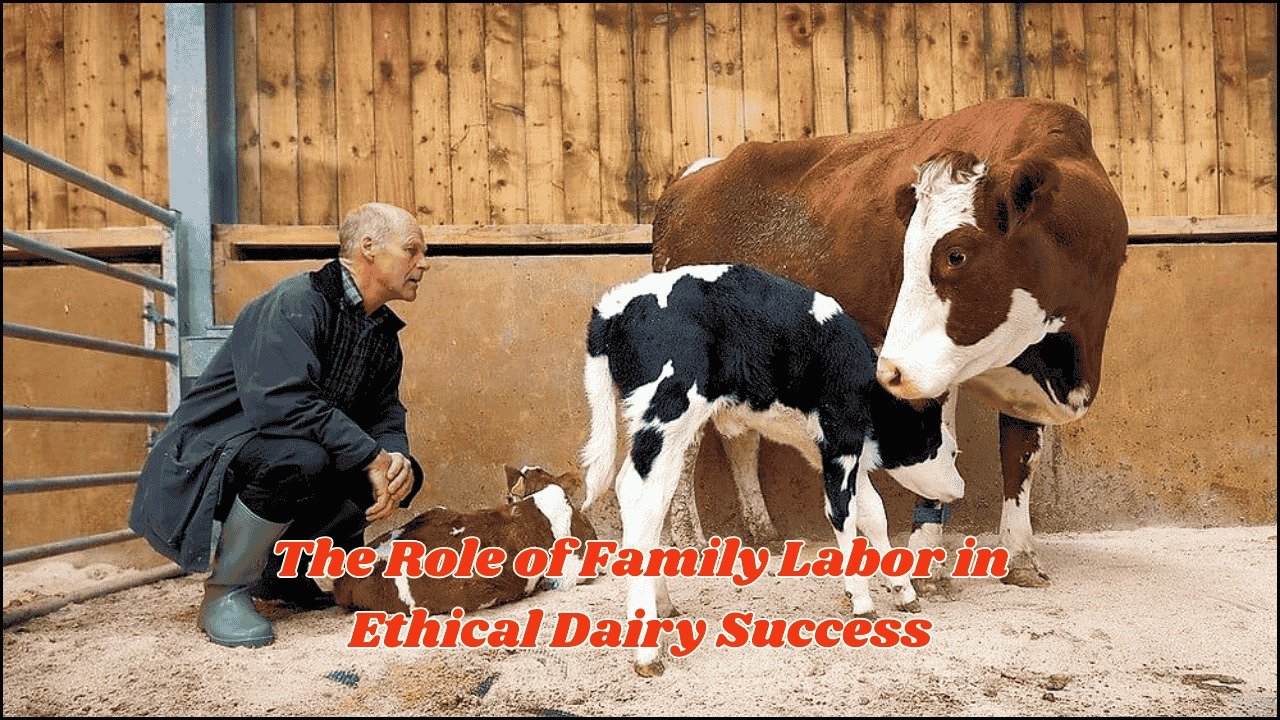
Scotland has long been recognised for its welfare-focused approach to dairy farming, prioritising both animal well-being and environmental sustainability. This model is now gaining attention from international dairy communities as a possible blueprint for reform. With nations such as New Zealand, Denmark, and Canada facing growing public concern over farm practices, Scotland’s approach could be a guiding light for ethical and sustainable dairy production worldwide.
Table of Contents
Overview
| Country | Strengths | Challenges | Lessons from Scotland |
|---|---|---|---|
| Scotland | Welfare-first approach, pasture access, low-stress systems | Balancing welfare with high output | Maintain ethical focus while scaling production |
| New Zealand | Pasture-fed cows, natural grazing | Water pollution, environmental strain | Strengthen welfare rules alongside environmental protection |
| Denmark | Strong environmental regulation, low emissions | Limited pasture access, high-intensity housing | Introduce welfare measures like extended grazing and cow-calf contact |
| Canada | Strong regulation, stable farm income | Heavy indoor housing reliance | Increase pasture access and promote welfare-based marketing |
Scotland’s Welfare-Led Dairy Model
The Scottish dairy system focuses on the health and welfare of cattle through pasture-based feeding, extended cow-calf contact, and reduced stress housing systems. Farmers adopt ethical husbandry techniques while still maintaining commercial viability. The approach is also tied to environmental benefits, including reduced carbon footprints and better soil health through rotational grazing.
New Zealand: Pasture-Rich but Facing Pressure
New Zealand’s dairy industry is globally famous for its lush grazing lands and pasture-fed cows. However, recent criticism has emerged regarding water pollution, land degradation, and the environmental impact of intensive dairy operations. While animal welfare standards are relatively high, the country still faces challenges in ensuring long-term environmental sustainability. The Scottish model could offer valuable insights into integrating stricter welfare measures alongside environmental protections.
Denmark: Leading in Sustainability but Looking for Welfare Gains
Denmark is at the forefront of sustainable agriculture, with strict environmental regulations and a strong focus on reducing emissions. However, most Danish dairy systems operate on high-intensity housing models, which can limit natural cow behaviours such as grazing and mother-calf bonding. Learning from Scotland’s welfare-led systems could help Denmark enhance animal well-being without compromising production efficiency.
Canada: Strong Regulation, Growing Consumer Demand
Canada has robust dairy regulations and a supply management system that keeps farm incomes stable. Yet, much of the industry relies on indoor housing, particularly in colder provinces. With rising consumer interest in ethical dairy, Canada could adopt more pasture-access systems similar to Scotland’s to meet market demand while maintaining productivity.
A Shared Path for the Future
While each country faces unique geographical, economic, and climatic challenges, the underlying principles of Scotland’s dairy approach—prioritising animal welfare, protecting the environment, and ensuring farmer sustainability—could be adapted globally. Integrating these values into international dairy systems could foster a more ethical and climate-conscious industry.
FAQs
Q1: What makes Scotland’s dairy model unique?
A = Scotland prioritises both animal welfare and environmental sustainability, combining pasture-based systems with ethical handling practices.
Q2: Could these principles work in countries with different climates?
A = Yes, though adjustments would be needed to suit local conditions, such as winter housing in colder regions.
Q3: Why is global interest in welfare-led dairy growing?
A = Consumers are increasingly demanding ethical, sustainable, and environmentally responsible farming practices.

